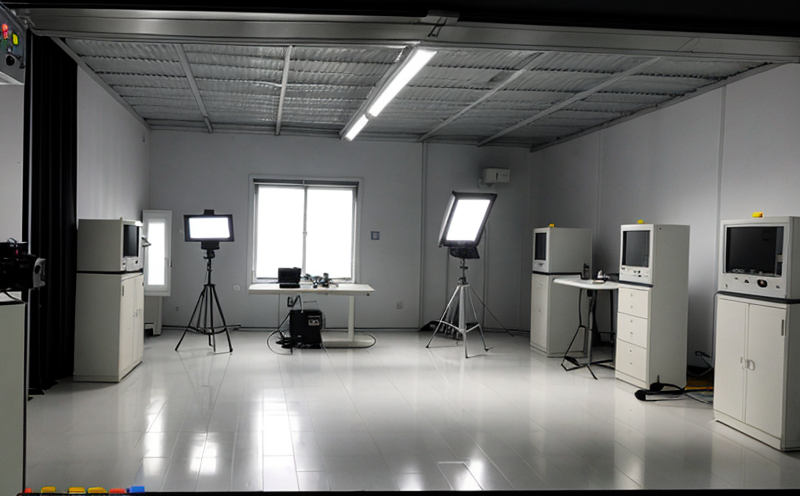IES LM 82 Photometric Testing of LED Packages
The IES LM-82 standard is a widely recognized protocol for the photometric testing of light-emitting diode (LED) packages. This service ensures that manufacturers can accurately characterize the optical properties of their LEDs, which is crucial for compliance with international standards and for ensuring product quality.
IES LM-82 defines methods to measure luminous flux, colorimetric quantities, and spatial distribution of light emitted by LED packages. The protocol focuses on providing a consistent framework for testing that allows comparison between different manufacturers' products under controlled conditions. This is particularly important in the lighting sector where accurate measurement of photometric parameters directly impacts energy efficiency, performance, and reliability.
The testing process involves several key steps:
- Sample preparation: The LED package must be mounted on a suitable holder that ensures it operates under standard ambient conditions. This includes temperature control to mimic real-world usage scenarios.
- Instrumentation setup: A photometric measurement system is configured according to the IES LM-82 protocol, which typically involves integrating sphere and spectroradiometer setups capable of capturing light distribution in a 360-degree sphere.
- Data acquisition: The LED package emits light into the instrument’s aperture, where it is measured for total luminous flux (in lumens), color coordinates, and spectral power distribution. These measurements are critical for understanding the package's light output characteristics.
The acceptance criteria defined by IES LM-82 ensure that all LED packages meet specified thresholds for luminous flux, color rendering index (CRI), correlated color temperature (CCT), and other relevant metrics. Compliance with these standards is essential for ensuring product quality and consistency across different batches.
Accurate photometric testing using the IES LM-82 protocol is vital for R&D engineers in developing new LED technologies, as it provides a benchmark against which performance can be evaluated. Quality managers rely on this service to ensure that their products meet specified luminous flux levels and color quality requirements. Compliance officers use these tests to verify adherence to international standards such as those set by ISO, IEC, and CIE.
Environmental and Sustainability Contributions:
- Accurate photometric testing helps in optimizing LED designs for higher efficiency, reducing energy consumption, and minimizing environmental impact.
- The ability to measure precise color rendering ensures that light sources can effectively enhance visual experiences without causing discomfort or stress.
Use Cases and Application Examples:
| Use Case | Description |
|---|---|
| LED Design Validation | Ensure that new LED designs meet specified performance criteria before mass production. |
| Compliance Verification | Validate that products comply with international standards and regulations related to lighting performance. |
| R&D Optimization | Provide data for iterative design improvements in R&D processes. |
| Sustainability Reporting | Incorporate testing results into sustainability reports to demonstrate compliance with environmental goals. |
| Product Quality Assurance | Ensure consistent quality across all manufactured products by regularly testing samples. |
Frequently Asked Questions:





